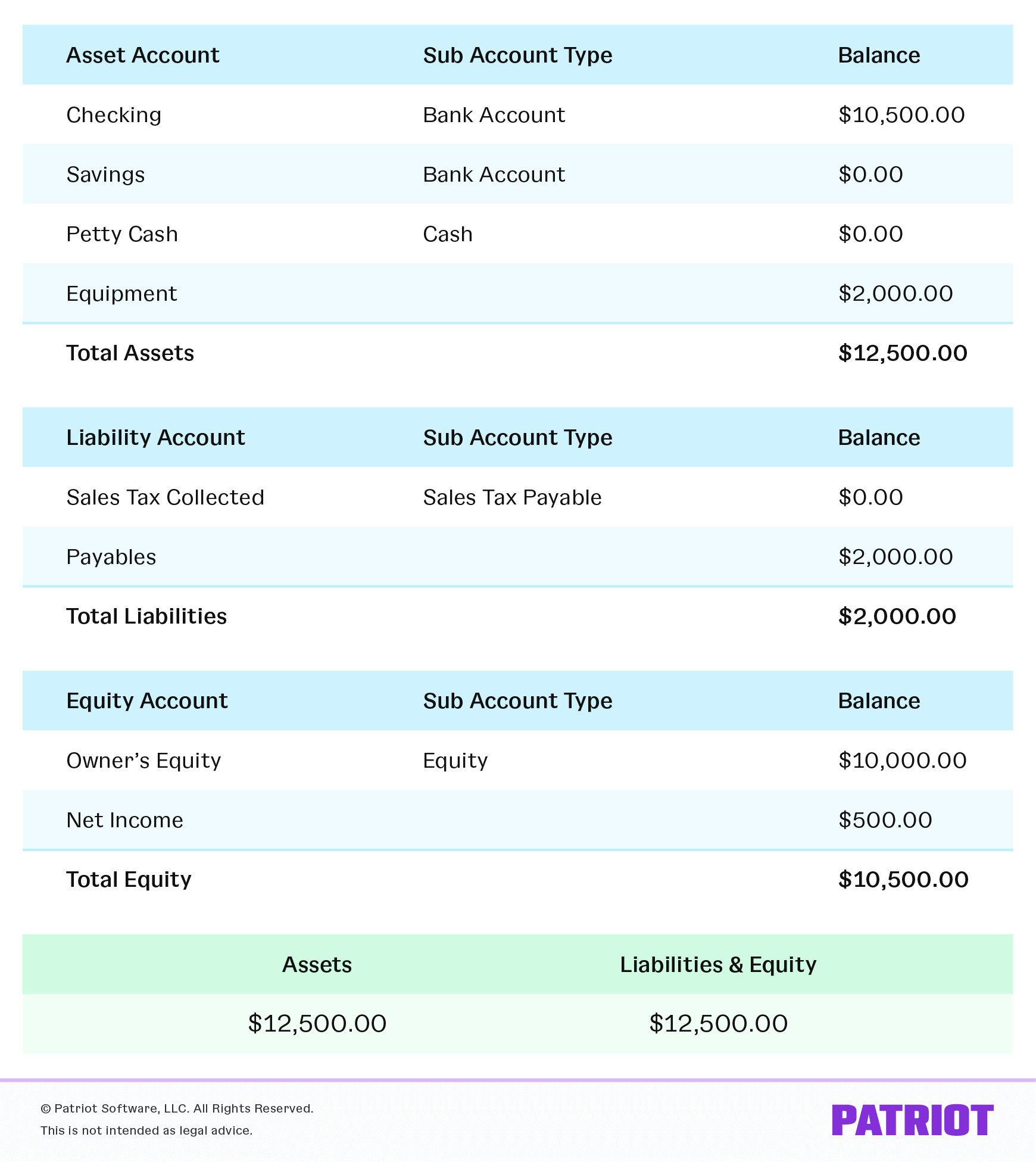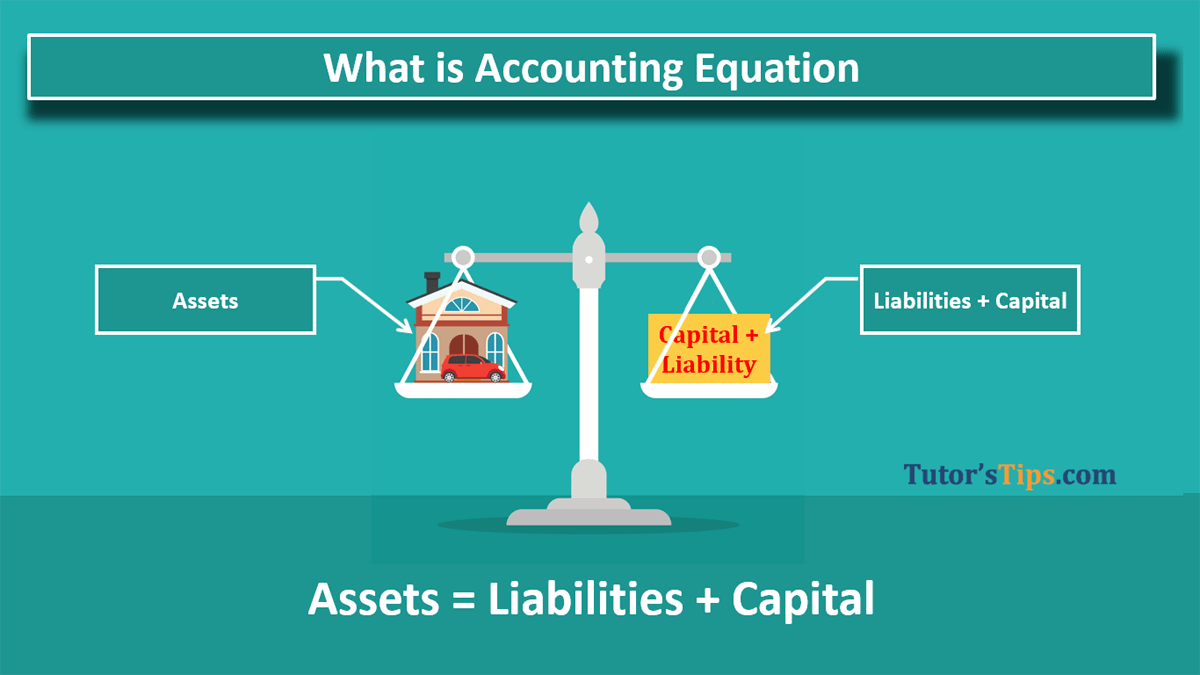Balance Sheet Accounting Equation - The structure of the balance sheet reflects the accounting equation: Assets = liabilities + equity. The accounting equation is also known as the basic accounting equation or the balance. The formula reflects the fundamental accounting principle that the total value of a company's assets equals the sum of. Assets = liabilities + stockholders’ (or owner’s) equity. The balance sheet, also called the statement of financial position, is the third general purpose financial statement prepared during the accounting cycle. Each entry made on the debit side has a corresponding entry or coverage on the credit side. As such, the balance sheet is divided into two sides (or. The balance sheet is based on the fundamental equation: The balance sheet formula is assets = liabilities + shareholders' equity.
The formula reflects the fundamental accounting principle that the total value of a company's assets equals the sum of. As such, the balance sheet is divided into two sides (or. Each entry made on the debit side has a corresponding entry or coverage on the credit side. The balance sheet formula is assets = liabilities + shareholders' equity. The balance sheet is based on the fundamental equation: The balance sheet, also called the statement of financial position, is the third general purpose financial statement prepared during the accounting cycle. Assets = liabilities + stockholders’ (or owner’s) equity. The accounting equation is also known as the basic accounting equation or the balance. Assets = liabilities + equity. The structure of the balance sheet reflects the accounting equation:
The balance sheet, also called the statement of financial position, is the third general purpose financial statement prepared during the accounting cycle. The balance sheet formula is assets = liabilities + shareholders' equity. The formula reflects the fundamental accounting principle that the total value of a company's assets equals the sum of. Each entry made on the debit side has a corresponding entry or coverage on the credit side. The balance sheet is based on the fundamental equation: The structure of the balance sheet reflects the accounting equation: Assets = liabilities + stockholders’ (or owner’s) equity. The accounting equation is also known as the basic accounting equation or the balance. Assets = liabilities + equity. As such, the balance sheet is divided into two sides (or.
Balance Sheet Represents Accounting Equation Tessshebaylo
The balance sheet is based on the fundamental equation: Assets = liabilities + equity. The formula reflects the fundamental accounting principle that the total value of a company's assets equals the sum of. Each entry made on the debit side has a corresponding entry or coverage on the credit side. The balance sheet formula is assets = liabilities + shareholders'.
Balance Sheet Accounts, Examples, and Equation Financial
Assets = liabilities + stockholders’ (or owner’s) equity. The formula reflects the fundamental accounting principle that the total value of a company's assets equals the sum of. The structure of the balance sheet reflects the accounting equation: The balance sheet is based on the fundamental equation: The balance sheet, also called the statement of financial position, is the third general.
The Accounting Equation A Simple Model
The balance sheet is based on the fundamental equation: The formula reflects the fundamental accounting principle that the total value of a company's assets equals the sum of. Each entry made on the debit side has a corresponding entry or coverage on the credit side. The balance sheet formula is assets = liabilities + shareholders' equity. Assets = liabilities +.
The Balance Sheet Reflects Accounting Equation Assets Liabilities Owner
Assets = liabilities + equity. The balance sheet formula is assets = liabilities + shareholders' equity. The formula reflects the fundamental accounting principle that the total value of a company's assets equals the sum of. Assets = liabilities + stockholders’ (or owner’s) equity. The structure of the balance sheet reflects the accounting equation:
Balance Sheet Example AccountingCoach
Assets = liabilities + stockholders’ (or owner’s) equity. Each entry made on the debit side has a corresponding entry or coverage on the credit side. As such, the balance sheet is divided into two sides (or. The structure of the balance sheet reflects the accounting equation: The balance sheet is based on the fundamental equation:
Accounting Formula Assets Liabilities Equity Financial Statement
The structure of the balance sheet reflects the accounting equation: The balance sheet is based on the fundamental equation: Assets = liabilities + stockholders’ (or owner’s) equity. The balance sheet, also called the statement of financial position, is the third general purpose financial statement prepared during the accounting cycle. Each entry made on the debit side has a corresponding entry.
The Balance Sheet Represents Accounting Equation Tessshebaylo
The formula reflects the fundamental accounting principle that the total value of a company's assets equals the sum of. The balance sheet formula is assets = liabilities + shareholders' equity. Each entry made on the debit side has a corresponding entry or coverage on the credit side. Assets = liabilities + stockholders’ (or owner’s) equity. The accounting equation is also.
The Balance Sheet Represents Accounting Equation Tessshebaylo
Each entry made on the debit side has a corresponding entry or coverage on the credit side. Assets = liabilities + equity. The formula reflects the fundamental accounting principle that the total value of a company's assets equals the sum of. The balance sheet is based on the fundamental equation: The accounting equation is also known as the basic accounting.
What Is the Accounting Equation? Examples & Balance Sheet
Assets = liabilities + equity. As such, the balance sheet is divided into two sides (or. The formula reflects the fundamental accounting principle that the total value of a company's assets equals the sum of. The structure of the balance sheet reflects the accounting equation: The balance sheet formula is assets = liabilities + shareholders' equity.
Balance Sheet Meaning, Format & Examples TutorsTips
The accounting equation is also known as the basic accounting equation or the balance. Assets = liabilities + equity. Each entry made on the debit side has a corresponding entry or coverage on the credit side. The balance sheet is based on the fundamental equation: The formula reflects the fundamental accounting principle that the total value of a company's assets.
The Balance Sheet Formula Is Assets = Liabilities + Shareholders' Equity.
The structure of the balance sheet reflects the accounting equation: The balance sheet, also called the statement of financial position, is the third general purpose financial statement prepared during the accounting cycle. Assets = liabilities + stockholders’ (or owner’s) equity. The accounting equation is also known as the basic accounting equation or the balance.
The Formula Reflects The Fundamental Accounting Principle That The Total Value Of A Company's Assets Equals The Sum Of.
As such, the balance sheet is divided into two sides (or. Assets = liabilities + equity. Each entry made on the debit side has a corresponding entry or coverage on the credit side. The balance sheet is based on the fundamental equation:
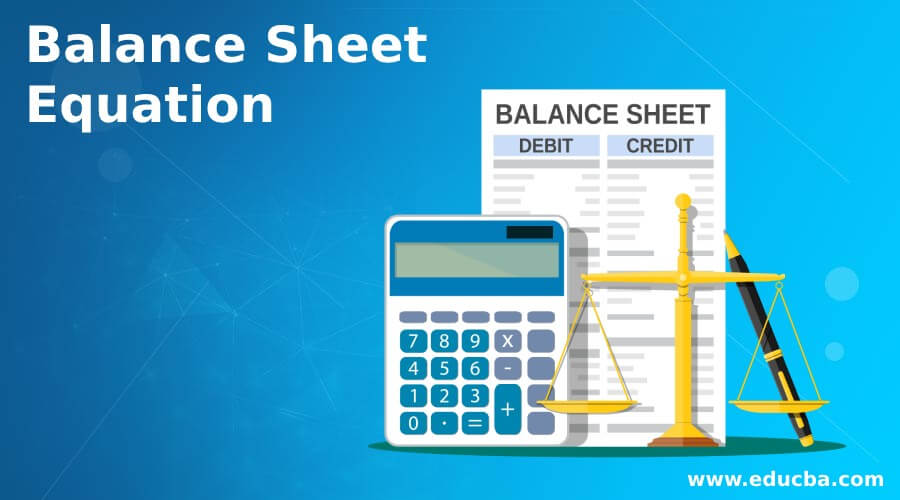

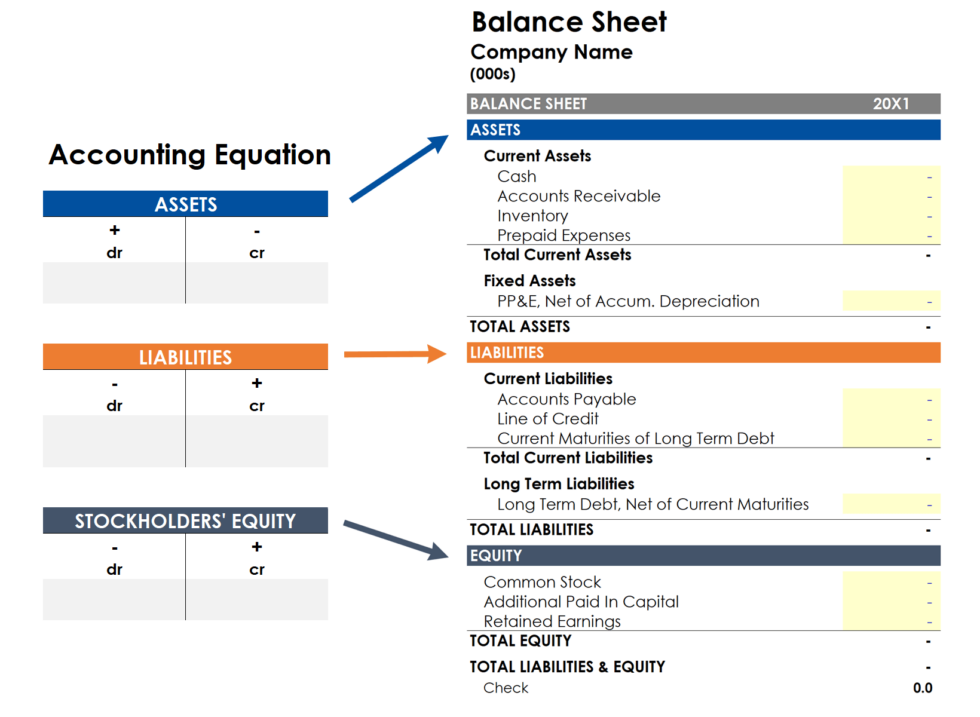
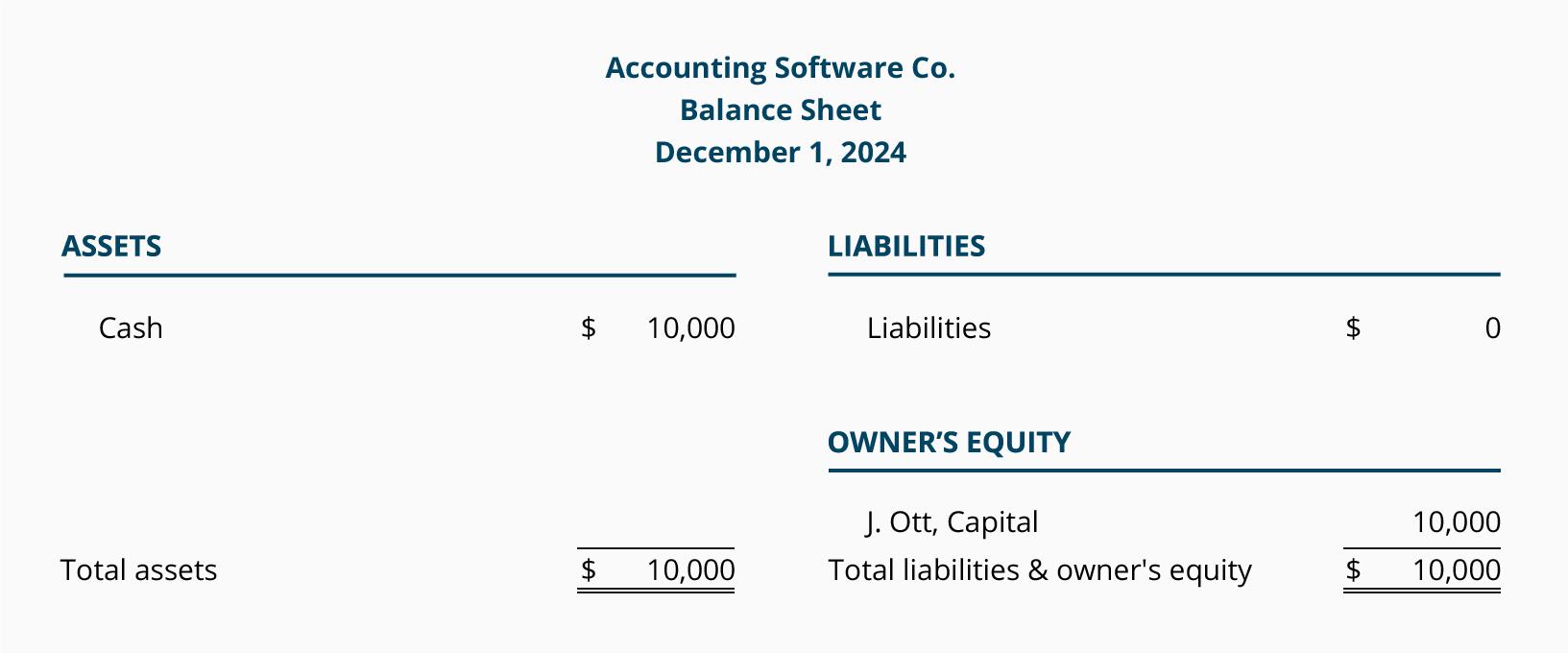
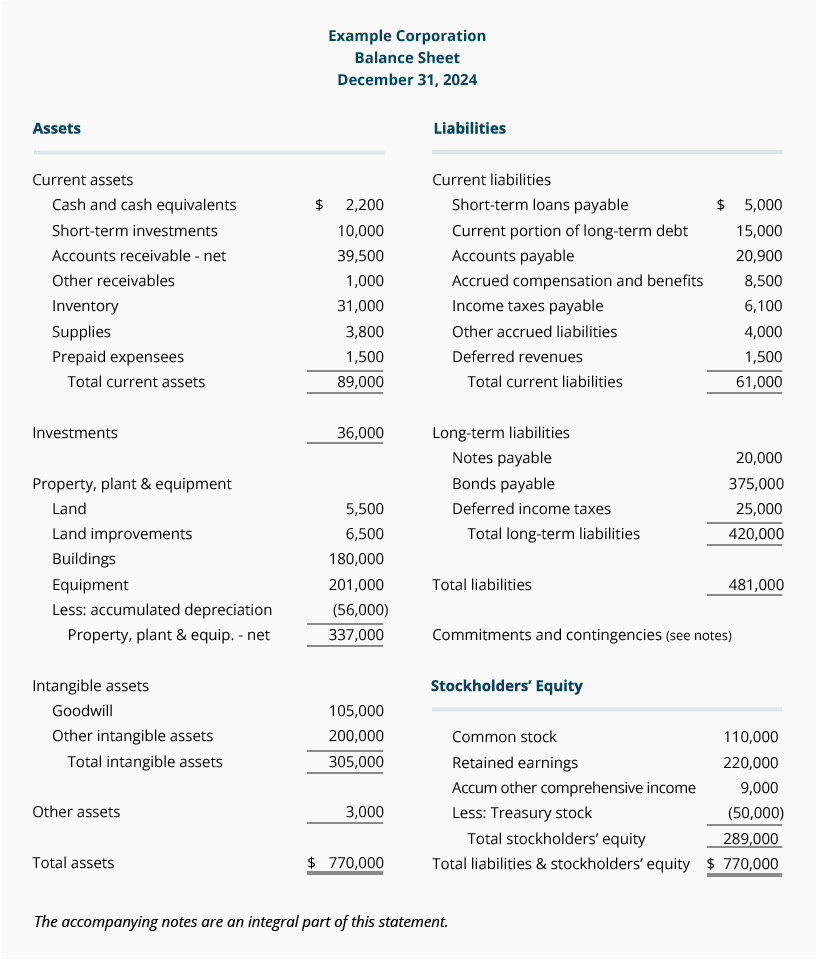

/balancesheet.asp-V1-5c897eae46e0fb0001336607.jpg)
/dotdash_Final_Accounting_Equation_Aug_2020-01-5991871f007444398dea7856b442af55.jpg)
